Parque del Lago Sejong (세종호수공원)
16.0Km 2025-09-16
Dasom-ro 216, Sejong
El Parque del Lago Sejong es un parque creado a gran escala y es una de las mayores atracciones turísticas de la ciudad de Sejong. El parque tiene senderos para caminar, islas, un escenario en el agua y otras instacaciones. Se destaca el puente Sehogyo y su escenario sobre las aguas. Los fines de semana, el parque se llena de visitantes que quieren pasarlo bien al aire libre, donde se realizan diversos espectáculos, festivales y actividades culturales. En las cercanías también se encuentran la Biblioteca Nacional Sejong y el arroyo Bangchukcheon, famoso por su fuente musical.
Mok hyang jae / 목향재
16.1Km 2025-03-05
33, Mannam-ro 6-gil, Sejong-si
+82-10-8666-1217
Mokhyangjae, which literally means a ’house with tree fragrance,’ is a traditional Korean pension house which stands alone beside a boulevard surrounded by apartment complexes. Entering the garden with a low fence, you will be greeted by the antique two-story Korean style building. The building of Mokhyangjae was built in the style of a palace with red pine tree used for the crossbeam and pillars. With a feeling of magnificence and coziness at the same time, the rafter ceiling shows the wood grain and the sliding door pasted with traditional Korean paper adds to the flavor of the traditional Korean style house.
The rooms are composed of the traditional Ondol Room where one or two persons can stay; the Ordinary Room is equipped with a bedroom and an attic; and the Deluxe Room has a wide traditional Ondol room for guests from solo travelers to families. The bedroom and the living room also have traditional display cupboard and heavy hardwood table which had been used by the owner of the house, adding to the flavor of the traditional Korean style house. Equipped with cartoons and picture books, the attic is a favorite place of children. Scattered with stepping stones, the front yard of the house is filled with Sansuyu, magnolia, and cherry trees that blossom in spring.
Mokhyangjae is running a traditional teahouse as well. The teahouse was opened thanks to the Chinese husband who enjoys tea, and most of the teas are imported from China. You can have a taste of dozens of kinds of teas including puer tea and red tea, along with a simple tea confectionery.
Festividad Danoje de Sejong (세종단오제)
16.1Km 2025-05-15
Dasom-ro 216, Sejong
044-865-2411/2
Museo Nacional de Gongju (국립공주박물관)
16.1Km 2025-06-24
Gwangwangdanji-gil 34, Gongju-si, Chungcheongnam-do.
El Museo Nacional de Gongju administra y preserva los tesoros culturales excavados de la parte norte de la provincia de Chungcheongnam-do. Tiene a cargo el especial cuidado de los tesoros culturales descubiertos en la Tumba del Rey Muryeong en 1971. La Tumba del Rey Muryeong era el sepulcro de este monarca (501-523) del período de Baekje, donde también fue enterrada su esposa. En el museo se pueden ver casi todas las reliquias halladas en la tumba. Los edificios de hoy en día fueron construidos específicamente para exponer aquellos tesoros. Hay más de 1.000 reliquias, incluyendo dos Tesoros Nacionales. La primera sala de la segunda planta muestra las reliquias de la Tumba del Rey Muryeong. Es sumamente placentero ver los cintos de oro, brazaletes y espejos de bronce. Incluso hay una reproducción a escala natural de la tumba para que pueda conocerla. La segunda sala de primera planta expone las reliquias del área de Chungcheongnam-do clasificadas por año cronológico. Afuera, frente al edificio principal está el jardín adonde puede ir después de haber recorrido el interior del museo, y ver numerosos tesoros excavados de todo el distrito de Gongju. Un sitio que llama la atención es el lugar en que posan enormes recipientes de piedra, usados antaño para almacenar agua. Entre las reliquias, se cuenta una docena de pinos dorados, piñones y cerezos plantados que tienen más de 70 años de edad. Es un lugar ideal tanto para visitar como para descansar. Si está buscando comprar recuerdos, hay una tienda donde hallará muchos bonitos recuerdos.
Mercado de Pescado Crudo y Mariscos Jungbu (중부회수산시장)
16.3Km 2025-10-23
Doum 1-ro 106, Sejong
Gongju Hanok Village / 공주한옥마을
16.3Km 2025-08-12
12, Gwangwangdanji-gil, Gongju-si, Chungcheongnam-do
+82-10-3451-5769
Gongju Traditional Korean Village is located between the Tomb of King Muryeong and the Gongju National Museum in Gongju, which is often referred to as ‘a roofless museum’ due to the preponderance of historic sites. Opened as a hanok stay on a 30,000m2 site in 2010, the Village, which is entirely composed of tiled-roof hanok houses and thatched-roof houses, offers attractive hanok accommodation that combines traditional and modern styles, and has rooms equipped with a Korean floor heating system (gudeul), as well as a pavilion. It also runs diverse experience programs relating to the history of the Baekje Kingdom. It comprises six group accommodation buildings and ten individual accommodation buildings. The group accommodation buildings, which are recommended for group workshops and school trips, have individual locker rooms and shower rooms, while the individual accommodation building, which is recommended for families and small groups, has four economy-type rooms which share a communal space, and five general-type rooms and two high-class rooms that are equipped with a Hinoki cypress bathtub. The rooms can be opened and locked using a card-key system for guests’ convenience and security. The Village also runs a number of popular experience programs including Storytelling of Baekje Tea, a tea ceremony program coupled with a story about Baekje royal tea, and a Gongju chestnut cookie making experience that offers guests an opportunity to make tea confectionery by mixing chestnut powder and mixed-grain powder with honey. It also runs various programs relating to the history and culture of Baekje, including programs in which participants can wear a Baekje royal costume, learn how to bind books in the Baekje style, and make Baekje relics.
Centro de Arte BOK (비오케이아트센터)
16.3Km 2023-02-10
Gukchaekyeonguwon 3-ro 12, Sejong
Arboreto Nacional Sejong (국립세종수목원)
16.4Km 2025-08-12
Sumogwon-ro 136, Sejong
Parque Seodaejeon (서대전공원)
16.4Km 2024-11-21
Gyeryong-ro 904-beongil 30, Jung-gu, Daejeon
Archivo Presidencial (대통령기록전시관)
16.5Km 2025-09-17
Dasom-ro 250, Sejong
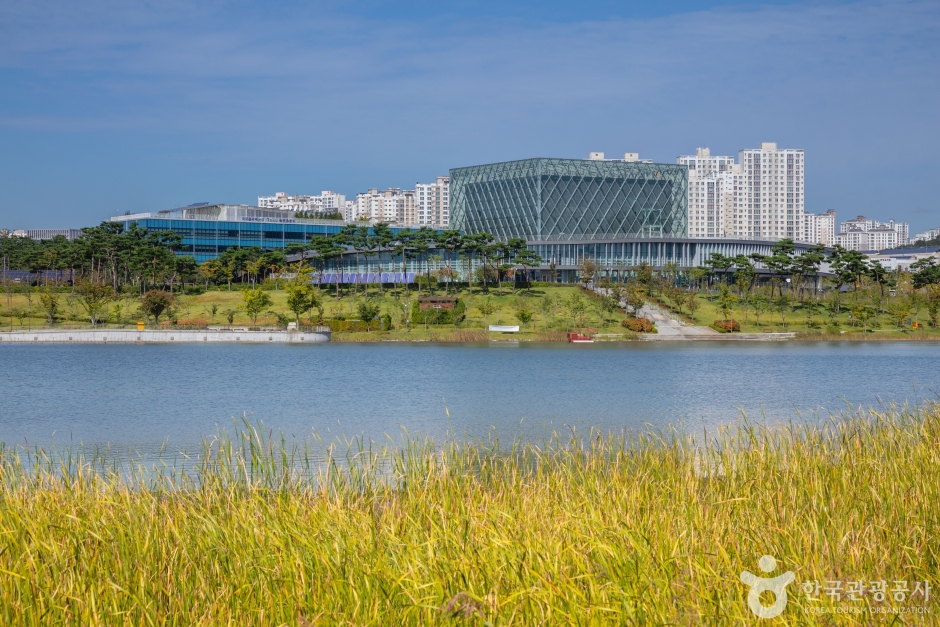
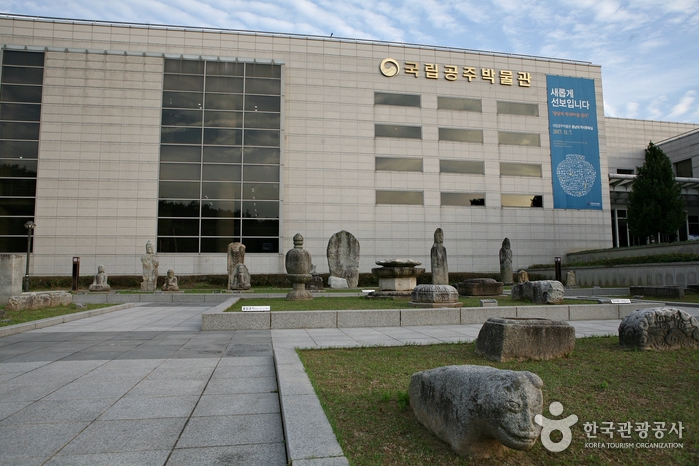
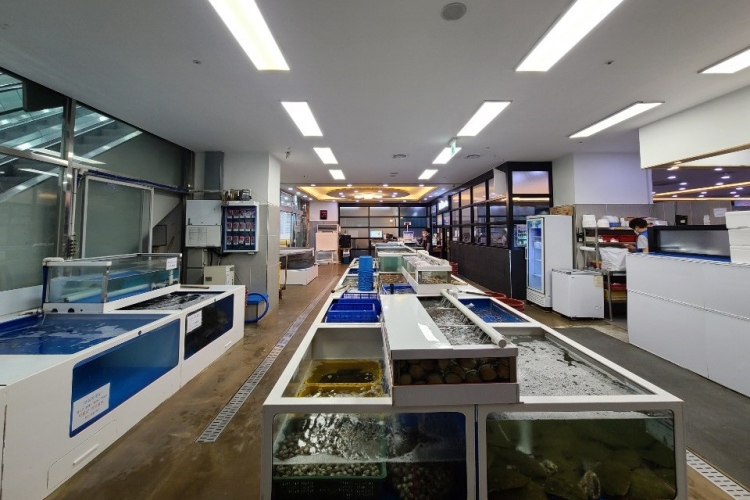
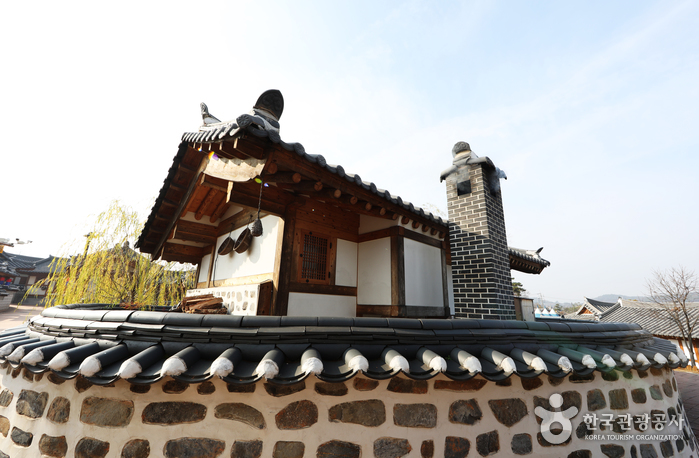


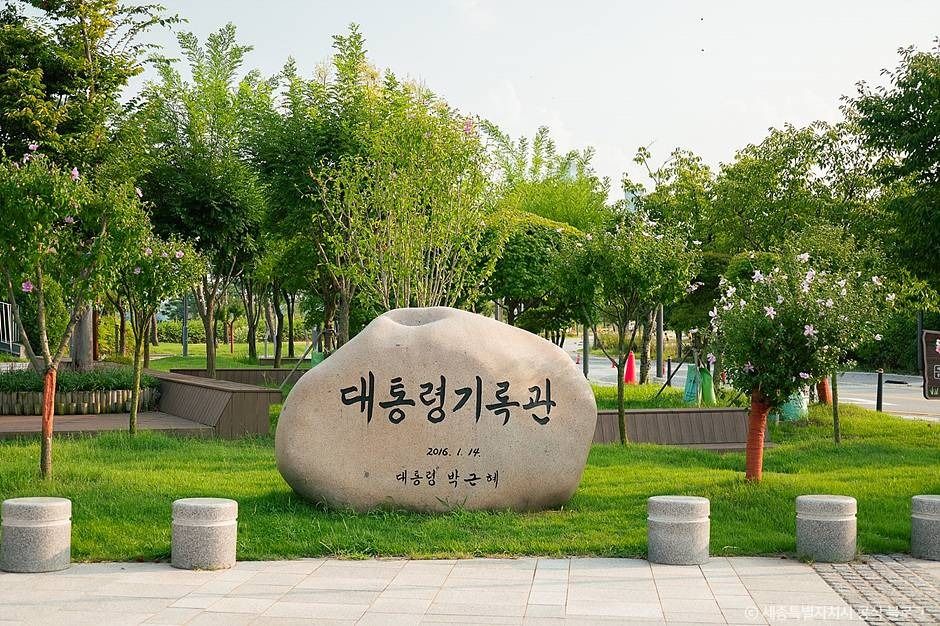
 Español
Español
 한국어
한국어 English
English 日本語
日本語 中文(简体)
中文(简体) Deutsch
Deutsch Français
Français Русский
Русский